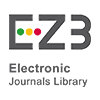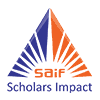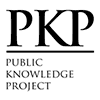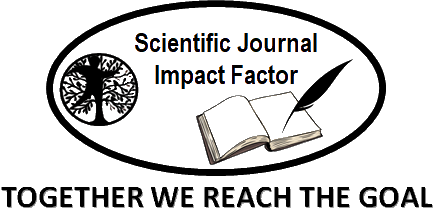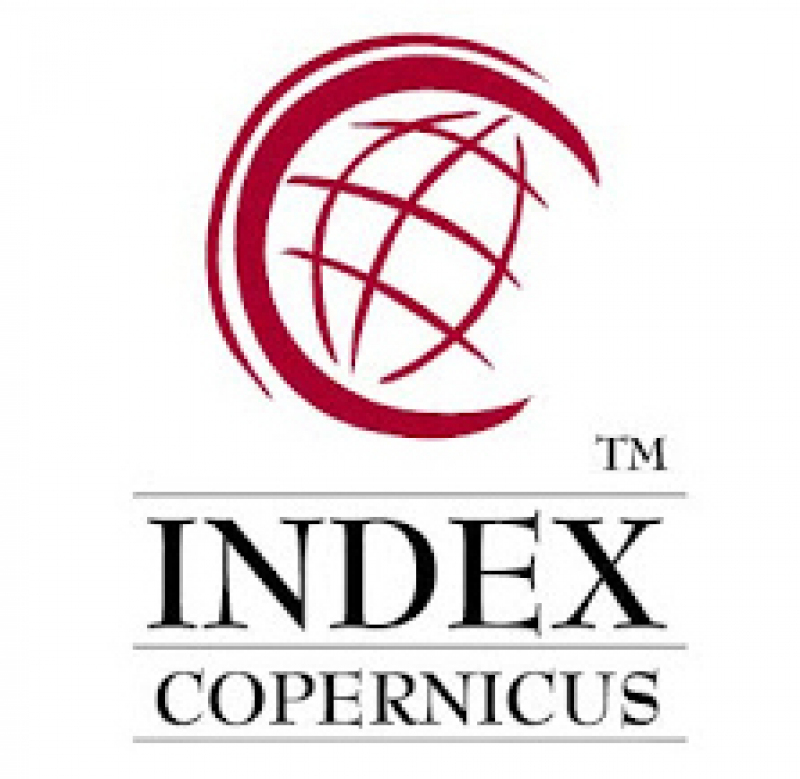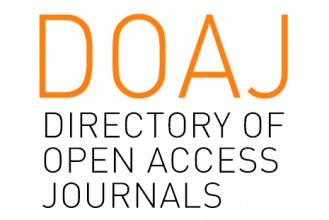Transformation and Commodification of the Meras Gandrung Ritual Culture as a Cultural Identity of Banyuwangi
Abstract
Meras Gandrung is a ritual carried out by the Banyuwangi community to mark the readiness to become a Gandrung dancer. Along with the development of the times, the Meras Gandrung ritual has undergone a process of transformation and commodification which has more or less shifted several aspects of the Meras Gandrung ritual. The purpose of this study is to describe the Meras Gandrung ritual, the transformation that occurs in the Meras Gandrung ritual and the commodification that occurs in the Meras Gandrung ritual. This study uses a qualitative approach with a phenomenological research type. Data collection techniques through unstructured interviews, observations and relevant literature reviews. The results of this study indicate that the Meras Gandrung ritual is part of the culture in Banyuwangi as a sign that a Gandrung dancer is ready to become a Gandrung dancer and enter society. Everyone can become a Gandrung dancer but not everyone can become Gandrung. The Meras Gandrung ritual is a sign that someone has gone through various processes and is ready to graduate as a Gandrung dancer. The Meras Gandrung ritual has undergone a transformation along with the development of the times. The transformation process includes the learning process of prospective Gandrung and the shifting function of the Meras Gandrung ritual. Not only undergoing transformation, the Meras Gandrung ritual also undergoes commodification. The commodification process makes the Meras Gandrung ritual a commercial performance. Commodification in the context of the Banyuwangi Meras Gandrung ritual refers to the process in which the cultural practice becomes an object for commercial or marketing purposes.
Keywords
Full Text:
PDFReferences
Azmi, Ezwani, Rosniza Aznie Che Rose, Azahan Awang, and Azlan Abas. 2023. “Innovative and Competitive: A Systematic Literature Review on New Tourism Destinations and Products for Tourism Supply.” Sustainability (Switzerland) 15(2). doi: 10.3390/su15021187.
Creswell, John W., and J. David Creswell. 2017. Research Design: Qualitative, Quantitative, and Mixed Methods Approaches. Sage publications.
Dukut, Ekawati Marhaenny. 2020. Kebudayaan, Ideologi, Revitalisasi Dan Digitalisasi Seni Pertunjukan Jawa Dalam Gawai. SCU Knowledge Media.
Febriani, Rahmi, and Edi Dwi Riyanto. 2021. “Upacara Adat Tengger Di Ambang Komodifikasi: Merawat Tradisi Dari Ancaman Desakralisasi.” Jurnal Antropologi: Isu-Isu Sosial Budaya 02(December):148–56.
Halimah, Siti Nur. 2016. “Tranformasi Budaya Pesisir Desa Perancak.” EJournal Undhiksa 15(1):6–10.
Hasanah, Raodatul. 2019. “Kearifan Lokal Sebagai Daya Tarik Wisata Budaya Di Desa Sade Kabupaten Lombok Tengah.” DESKOVI : Art and Design Journal 2(1):45. doi: 10.51804/deskovi.v2i1.409.
Irianto, Agus Maladi. 2016. “KOMODIFIKASI BUDAYA DI ERA EKONOMI GLOBAL TERHADAP KEARIFAN LOKAL: Studi Kasus Eksistensi Industri Pariwisata Dan Kesenian Tradisional Di Jawa Tengah.” Jurnal THEOLOGIA 27(1):212–36. doi: 10.21580/teo.2016.27.1.935.
Karwati, Lilis, Wiwin Herwina, Nurlaila Nurlaila, Lulu Yuliani, Nastiti Novitasari, Ahmad Hamdan, and Bayu Adi Laksono. 2024. Inovasi Program Pendidikan Masyarakat. Bayfa Cendekia Indonesia.
Kholis, Anwar, and Yohan Susilo. 2021. “Tradisi Meras Gandrung Banyuwangi (Kajian Foklor).” BARADHA: Jurnal Pengembangan Bahasa, Sastra Dan Budaya Jawa 17(1):349–67.
Mahfud, Mutiara Cahya Ayuning Tyas, and Kadek Yudiana. 2024. “Meras Gandrung Tradition as a Cultural Strategy for the Regeneration of Gandrung Dancers in Banyuwangi.” Santhel: Jurnal Sejarah, Pendidikan Dan Humaniora 8(1):423–33. doi: 10.36526/js.v3i2.3678.
Niko, Nikodemus, and Atem Atem. 2019. “Festival Air (Songkran): Komodifikasi Budaya Di Thailand.” Simulacra: Jurnal Sosiologi 2(1):21. doi: 10.21107/sml.v2i1.5518.
Nurcahyawati, Enny, Syahid Syahid, Bilqis Anugrahputri, and Kusumawardhani. 2022. “Transformasi Budaya Lokal Tradisi Ngarak Barong Terhadap Akulturasi Budaya Modern Pada Masyarakat Kampung Legok Bekasi.” Journal of Academia Perspectives 2(1):69–79. doi: 10.30998/jap.v2i1.933.
Panjaitan, Johannes, and Pardomuan Munthe. 2021. “Nilai-Nilai Hukum Adat Ma’doke Puang Dalam Perspektif Pendidikan Kristen Kontekstual Di Kecamatan Simbuang.” In Theos: Jurnal Pendidikan Agama Dan Teologi 1(2):32–39.
Parmadie, Bambang, A. .. Ngurah Anom Kumbara, A. .. Bagus Wirawan, and I. Gede Arya Sugiartha. 2018. “Pengaruh Globalisasi Dan Hegemoni Pada Transformasi Musik Dol Di Kota Bengkulu.” Mudra Jurnal Seni Budaya 33(1):67–75. doi: 10.31091/mudra.v33i1.240.
Rosa, Alya Azolla, I. Nyoman Ruja, and Idris Idris. 2020. “Tari Seblang; Sebuah Kajian Simbolik Tradisi Ritual Desa Olehsari Sebagai Kearifan Lokal Suku Osing Banyuwangi.” SANDHYAKALA Jurnal Pendidikan Sejarah, Sosial Dan Budaya 1(2):9–25. doi: 10.31537/sandhyakala.v1i2.336.
Saputra, Heru S. Puji. 2016. “Welas Asih: Merefleksi Tradisi Sakral, Memproyeksi Budaya Profan.”.
Subari, Lilik, and Suwandi Widianto. 2020. “Peran Ritual Meras Gandrung Di Banyuwangi Dalam Membentuk Kualitas Kepenarian.” Satwika : Kajian Ilmu Budaya Dan Perubahan Sosial 4(2):106–15. doi: 10.22219/satwika.v4i2.13633.
Yan, Wen Jie, and Ke Run Li. 2023. “Sustainable Cultural Innovation Practice: Heritage Education in Universities and Creative Inheritance of Intangible Cultural Heritage Craft.” Sustainability (Switzerland) 15(2). doi: 10.3390/su15021194.
DOI: http://dx.doi.org/10.18415/ijmmu.v12i3.6671
Refbacks
- There are currently no refbacks.
Copyright (c) 2025 International Journal of Multicultural and Multireligious Understanding

This work is licensed under a Creative Commons Attribution-NonCommercial-NoDerivatives 4.0 International License.
https://ijmmu.com
editor@ijmmu.com
facebook.com/ijmmu
Copyright © 2014-2018 IJMMU. All rights reserved.
















